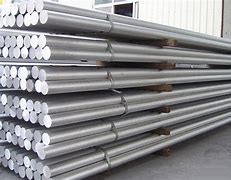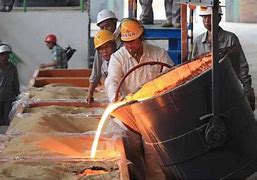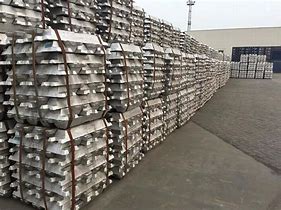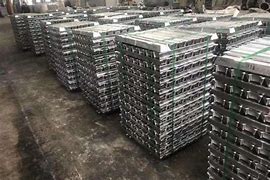In recent years, China’s electrolytic aluminum production capacity has expanded rapidly, and the associated warehousing industry has also developed rapidly. From the initial concentration in South China and East China, it has expanded to Central and North China, and now even the West has storage layouts and futures delivery warehouses. Today, with the transfer of electrolytic aluminum production capacity and the extension of the industrial chain of manufacturers, the original business model of warehousing aluminum ingots is facing challenges, and it has also begun to affect traders and downstream manufacturers. The chain reaction of this has attracted the attention of the industry.
According to research and statistics from relevant institutions in the non-ferrous metal industry, the daily inventory of aluminum ingots in 16 aluminum ingot storage markets across the country will be about 700,000 tons in 2020, which is a significant decrease from the inventory of more than 1 million tons in previous years. In the past, Foshan, Guangdong, Wuxi, Jiangsu, and Shanghai were the main warehouses, among which Guangdong, Shanghai, and Jiangsu were the most important, accounting for more than 70% of the entire aluminum ingot storage inventory.
The whereabouts of aluminum ingots is not a mystery
Change 1: Electrolytic aluminum enterprises began to directly melt and cast alloy rods to reduce the shipment of aluminum ingots. In fact, since 2014, Xinfa Group, Hope Group, Weiqiao Group and many other electrolytic aluminum companies have begun to directly cast a large number of rods and sell aluminum water on the spot. As we all know, aluminum ingots are the basic raw materials for aluminum processing. Generally, aluminum ingots need to be melted in a furnace to add auxiliary materials to be processed into aluminum materials, and then cast into alloy rods (known as aluminum rods in the industry), which consumes a lot of energy. With the restriction and increase of environmental protection and energy saving policies in various places, many electrolytic aluminum enterprises have begun to directly produce aluminum alloy rods for downstream manufacturers or sell aluminum water to other companies to cast alloy rods in order to adapt to the development of the situation. Some downstream manufacturers have eliminated the melting and casting process. Also develop the habit of directly purchasing aluminum rods for processing. At present, the proportion of aluminum rod production in electrolytic aluminum plants has become larger and larger.

Change 2: The industrial transfer of the aluminum industry has also changed the direction of aluminum ingots to a large extent. In recent years, whether it is the transfer of electrolytic aluminum production capacity to important coal energy regions such as Xinjiang and Inner Mongolia in the early stage, or the transfer to Yunnan and Sichuan clean energy provinces in the past two years, the transfer of the aluminum processing industry has not stopped. Step down. The original pattern of Guangdong aluminum processing being dominant in one province has long been rewritten. Some leading electrolytic aluminum plants such as Chinalco, Xinfa Group, and Weiqiao Group have expanded their industrial chains, and their reach to the downstream has become wider and wider. Many manufacturers have attached themselves to their surrounding areas and have begun to form industrial clusters of a certain scale. A large amount of aluminum water produced by electrolytic aluminum plants is digested, so that fewer and fewer aluminum ingots leave the factory.

Change 3: Changes in trade methods have reduced the amount of aluminum ingots arriving at warehouses. For a long time, the circulation of aluminum ingots has been shipped from electrolytic aluminum manufacturers to warehouses in various places, and then delivered to downstream processing plants. In the past two years, major changes have taken place in the trading method. Traders and manufacturers directly place long orders, door-to-door. After purchasing, they are directly transported to the factory by car or short-distance steam transfer to the factory after the arrival of the railway (waterway), eliminating the need for warehousing. The intermediate link directly affects the volume of aluminum ingots arriving at many warehouses, especially the warehouses in Foshan, Guangdong.
There is no doubt that the adjustment of the industrial model focusing on the production of aluminum ingots is on the way, which will definitely reshape the industrial structure. In the face of this trend and change in the electrolytic aluminum industry, aluminum ingot storage, as one of the links in the aluminum industry chain, should also adjust its development thinking as soon as possible, face challenges and actively respond, invest prudently, and follow the trend. Only in this way can we catch the wind and let ourselves and the company go longer and farther in the aluminum industry chain.
Post time: Apr-13-2023






